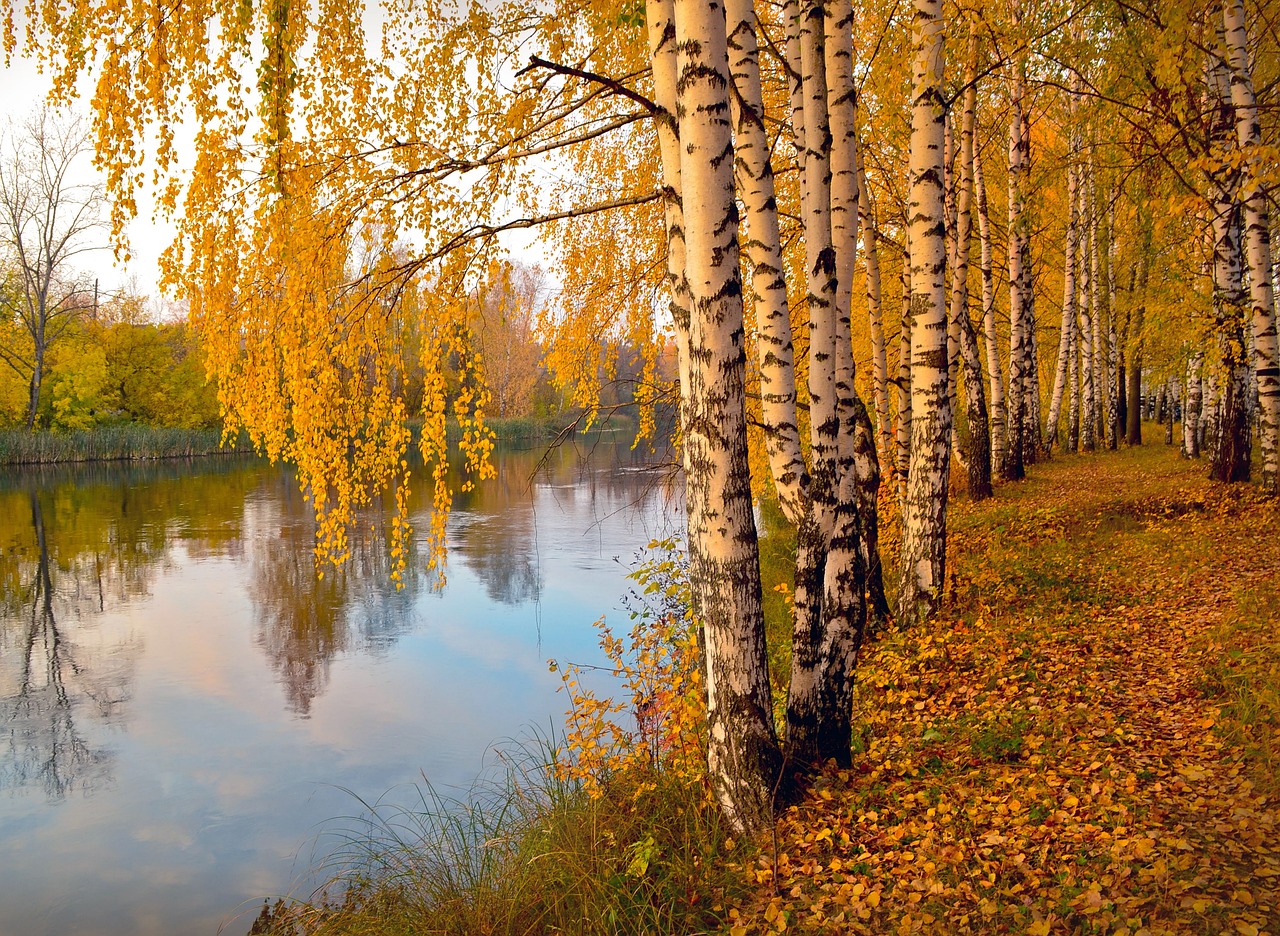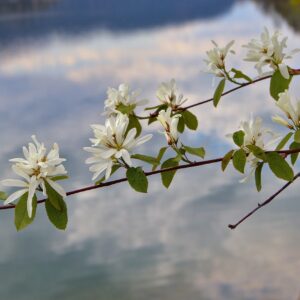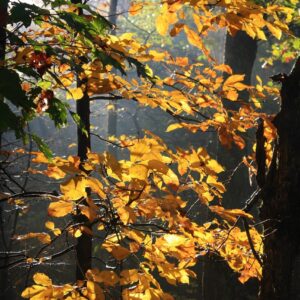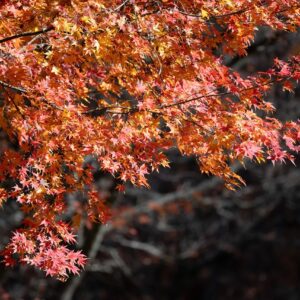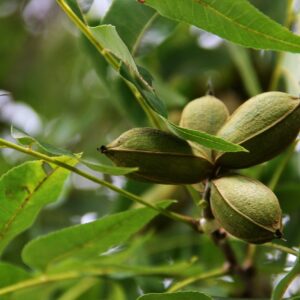River Birch (Betula nigra) is a deciduous tree native to the eastern United States, known for its distinctive bark and adaptability to wet conditions. River Birch (Betula nigra) is an attractive and adaptable tree that adds visual interest and ecological value to landscapes. Its distinctive bark, appealing foliage, and tolerance for wet conditions make it a popular choice for a variety of garden and natural settings.
Appearance:
Size: River Birch typically grows 40-70 feet (12-21 meters) tall with a spread of 30-50 feet (9-15 meters). It has a broad, spreading canopy and a moderately dense growth habit.
Leaves: The leaves are triangular to ovate, about 2-4 inches (5-10 cm) long, and have a serrated or doubly serrated edge. They are bright green and somewhat glossy on the upper surface with a lighter, hairy underside. In the fall, the foliage turns yellow, adding seasonal interest.
Flowers: River Birch produces small, inconspicuous flowers in the form of catkins. Male catkins are cylindrical and pendulous, while female catkins are shorter and more upright. The flowers bloom in early spring, typically in March to April.
Fruit: The fruit is a small, cone-like structure called a “strobile,” which contains numerous tiny seeds. The strobiles are about 1-2 inches (2.5-5 cm) long and are not particularly ornamental but provide food for birds and small mammals. Bark: The River Birch is especially notable for its distinctive bark. The bark is a striking reddish-brown color, and it peels off in thin, papery layers, revealing a lighter, smooth layer underneath. This exfoliating bark adds year-round interest to the tree.
Habitat: River Birch is well-adapted to wet conditions and is commonly found along riverbanks, in floodplains, and in swamps. It thrives in moist, well-drained soils but can tolerate a range of soil types, including sandy, clayey, and loamy soils. It is hardy in USDA Hardiness Zones 4 to 9.
Uses:
Ornamental: River Birch is valued for its unique bark, attractive foliage, and overall appearance. It is often used in landscaping as a specimen tree, in naturalized settings, or as a shade tree. Its peeling bark and bright foliage make it a standout in various garden designs.
Ecological: The tree provides habitat and food for wildlife. The seeds are eaten by birds, and the tree supports various insects. Its presence helps stabilize soil and prevent erosion along riverbanks and streambanks.
Cultural: The bark of River Birch has been used historically by Native Americans for various purposes, including making baskets and canoes due to its flexibility and durability.
Care:
Pruning: Prune River Birch in late winter or early spring before new growth begins. Remove any dead or damaged branches and shape the tree to maintain its form. Pruning is also an opportunity to manage any vigorous growth.
Watering: The tree prefers consistently moist soil but can tolerate short periods of drought once established. Regular watering during dry spells helps maintain its health and appearance.
Fertilizing: A balanced, slow-release fertilizer applied in early spring can support healthy growth. River Birch is not overly demanding in terms of fertilization.
Pests and Diseases: River Birch can be susceptible to pests such as birch borers and diseases like birch leafminer and fungal infections. Regular monitoring and proper tree care can help manage these issues.

